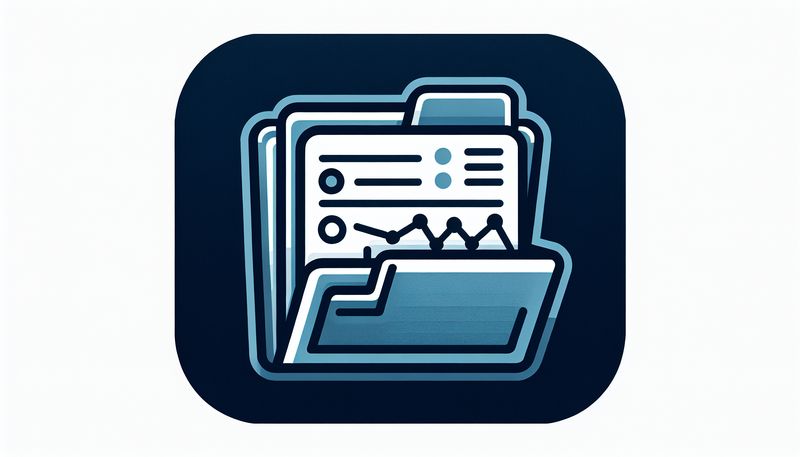AI Chatbots: The Future of Document Retrieval
19 April 24
Imagine a world where you can access any document you need with a simple conversation. No more hunting through databases or sifting through hefty binders. Welcome to the reality created by Train Of Thought’s AI chatbot. With the ability to understand and respond to user's requests intelligently, our chatbot is revolutionizing the way organizations retrieve documents.
How does it work? Our chatbot harnesses the power of an advanced GPT engine, which is trained on custom content from various sources such as web pages, PDFs, research documents, and organizational databases. This creates a virtual assistant capable of providing expert advice and assistance within seconds. Whether you're a legal firm looking to access case-specific documents or a holiday company seeking to automate customer support, our AI chatbot is ready to cater to your needs.
Beyond just retrieval, the chatbot can transform raw data into dynamic, visual representations. This unique attribute makes it an invaluable tool for professionals who need to create data-driven presentations or reports. With this ability to handle diverse data forms and languages, our AI chatbot can effectively engage with a wide range of audiences, thereby enhancing user experiences and operational capabilities across various industries.
Notably, as the chatbot integrates into live databases and websites, it continuously updates its knowledge to relay timely and relevant information. This eliminates the need for complex SQL queries and makes data more accessible than ever before. Furthermore, the stringent security measures employed by Train Of Thought ensure that sensitive and confidential data are handled with the utmost care, maintaining the integrity and privacy of client information.
As technology continues to advance, the way we access and use information is also evolving. AI chatbots, like the one offered by Train Of Thought, are at the forefront of this revolution, streamlining the document retrieval process and making data more accessible and useful. The future is here, and it's conversational.

